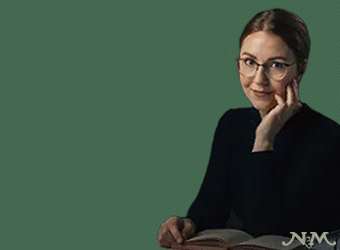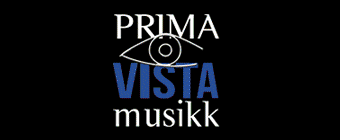There is some great music that can be performed this Christmas — thanks to Big Shiny Brass.
An Almost English Christmas:
The original aim was to write a medley of traditional English carols, so what better way to start than an opening fanfare quoting one of the most famous carols ever written... by a man from Hamburg.
In fairness, it is only the first four bars, and Mendelssohn did make numerous trips to England during his career.
You won't find many carols that are more English than our next tune, however.
The Sussex Carol (bar 9) has been passed down from generation to generation through the oral tradition, until one day it reached a Mrs Harriet Verrell of Monk's Gate, West Sussex.
She was heard singing it by the composers Cecil Sharp and Ralph Vaughan Williams, the latter of whom published an arrangement in a 1919 collection of traditional carols.
We don't know the exact provenance of the next carol, 'I saw three ships' (bar 21), but the tune is thought to have originated in Derbyshire.
Incidentally, the lyrics talk about three ships sailing into Bethlehem on Christmas day in the morning. Probably not a good idea to try this yourself: you'll find Bethlehem on a large hill 12 miles from the Dead Sea. The three ships are actually a metaphor for the three magi.
Next, we go a-wassailing (bar 29). Wassail is a hot, spiced punch, the name of which derives from an Anglo Saxon word meaning 'Be healthy'. Some villages in Somerset still wassail their apple trees, hanging slices of cider-soaked toast on the branches as a gift for the good spirits of the tree.
The tune for 'Masters in this Hall' (bar 38) was a popular dance in 17th century France. The words are by William Morris (he of the furniture and textiles), so it is almost English.
We end with 'See amid the winter's snow' (bar 52); not a traditional carol but certainly English. It was written in 1871 by Sir John Goss, an organist at St Paul’'s Cathedral.
And you don't get much more English than that!
The price of true love, Christmas 2009? A whopping $21,465.56!Big Shiny Brass
The Twelve Days of Christmas:
A tune we all know backwards — which is about the only variation that isn't attempted in this bright and bouncy arrangement.
It's excitement all the way, from the partridge in a pear tree through to the twelve drummers drumming. (And yes, there is a chance for your drummer to show off a bit, but it comes in verse ten. Oops).
This perennial Christmas favourite dates back to at least the 16th century, with the words originally published in 1780 as a childrens' rhyme.
Incidentally, a US bank prepares an annual economic indicator, tracking the cost of all the items mentioned in the carol.
Cincinnati Zoo determines the price of partridges, turtle doves and French hens; the Philadelphia Ballet estimates the cost of leaping lords; maids are assumed to be unskilled workers earning the national minimum wage, whilst drummers receive the going rate set by the Pennsylvania Musicians' Union.
The price of true love, Christmas 2009?
A whopping $21,465.56!



















